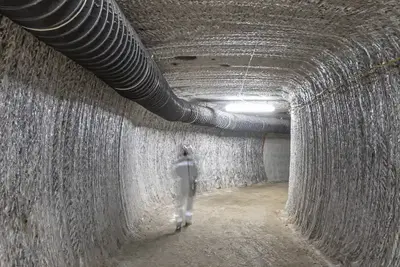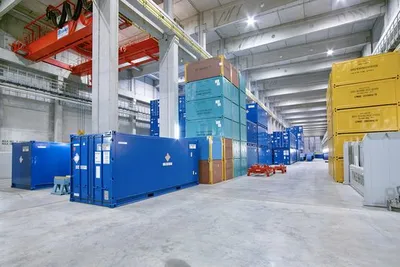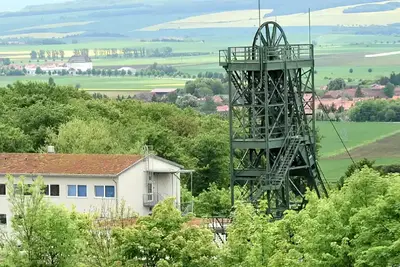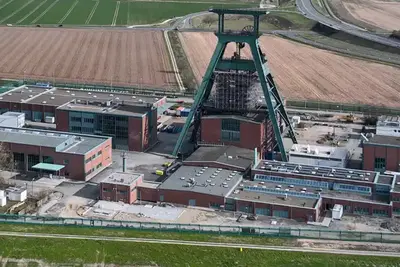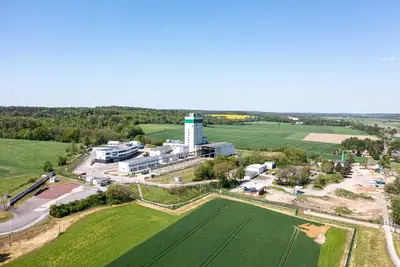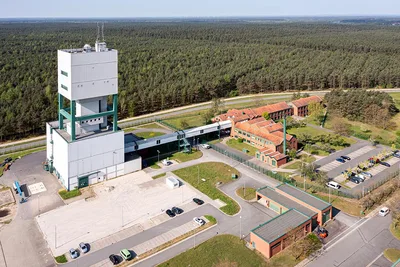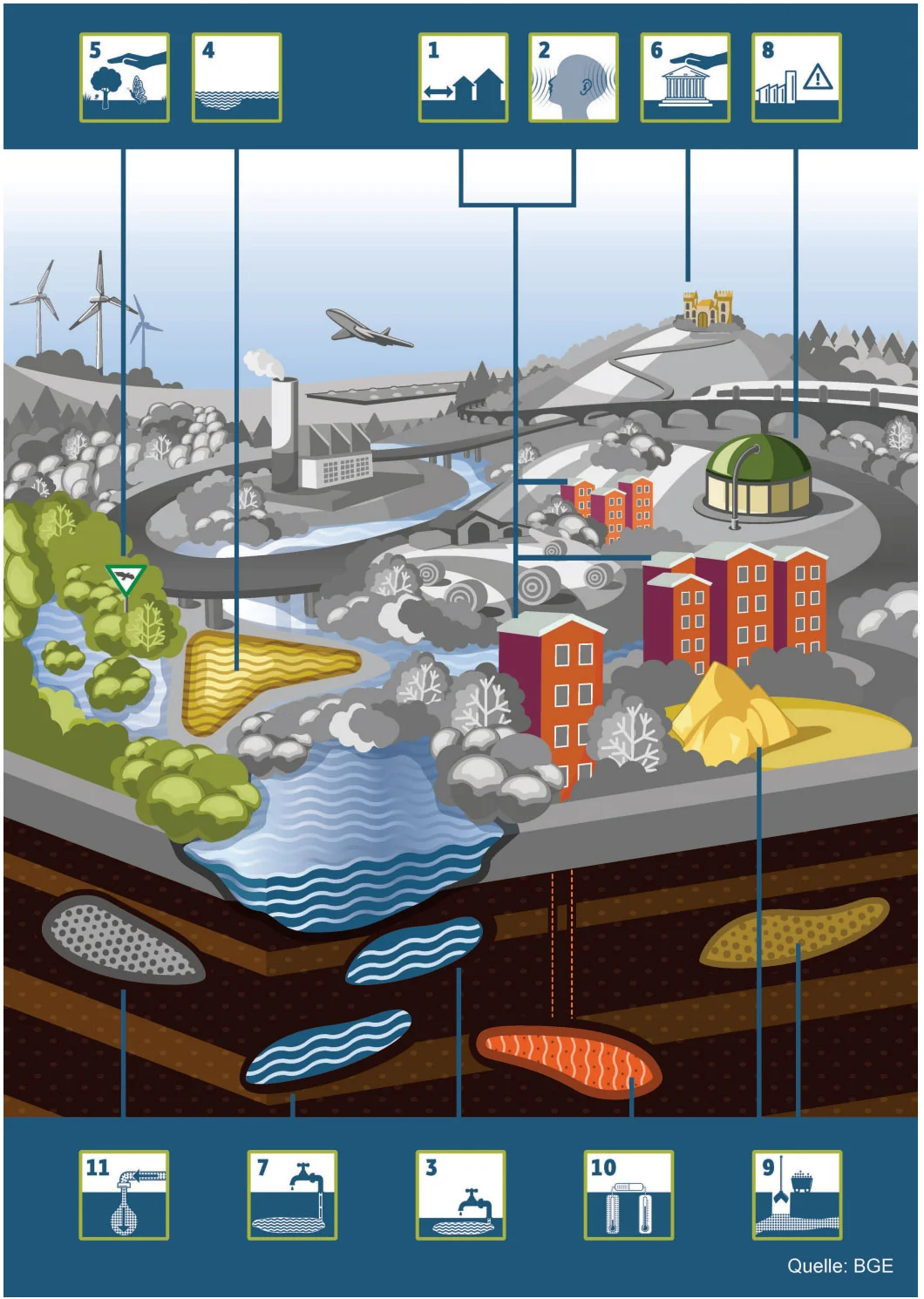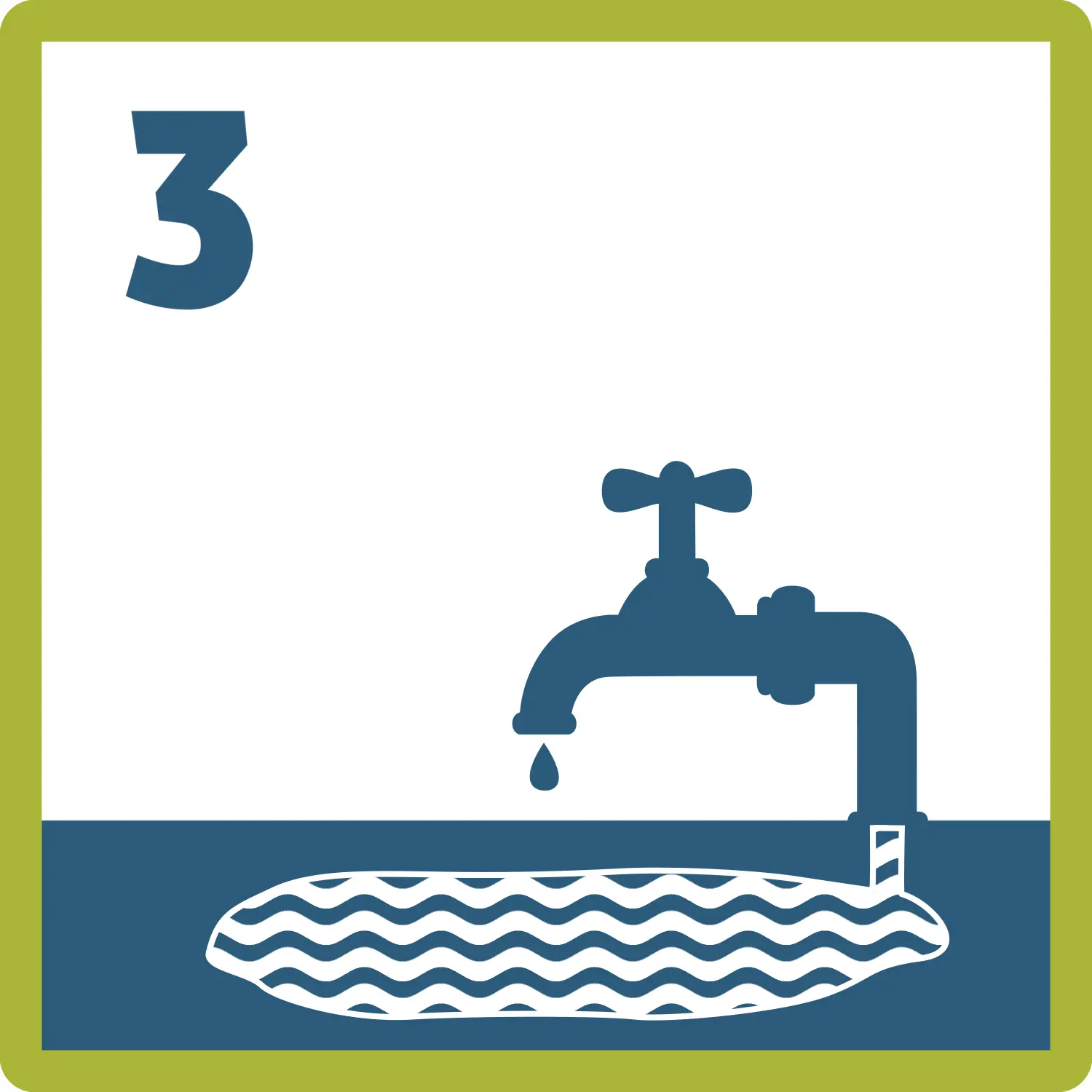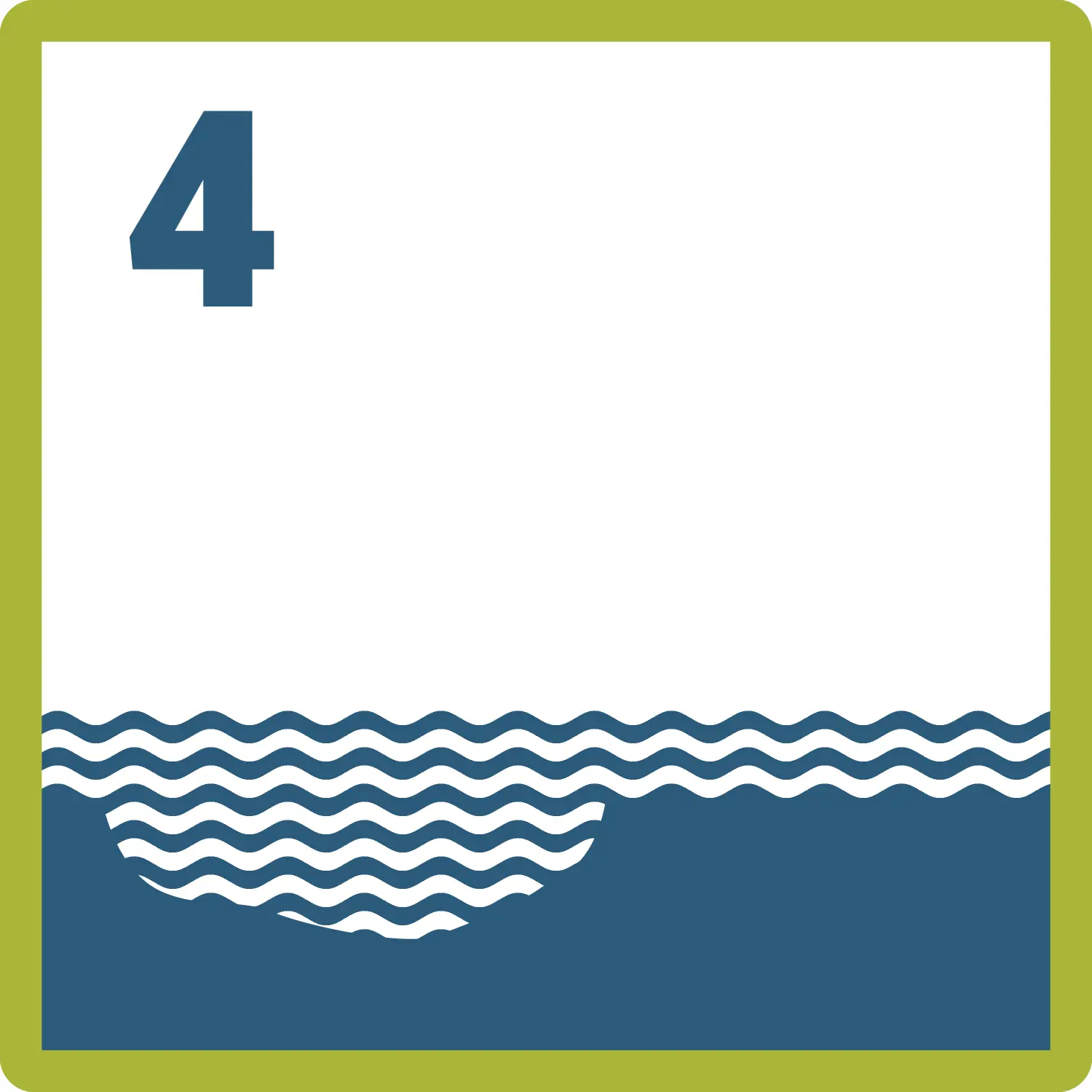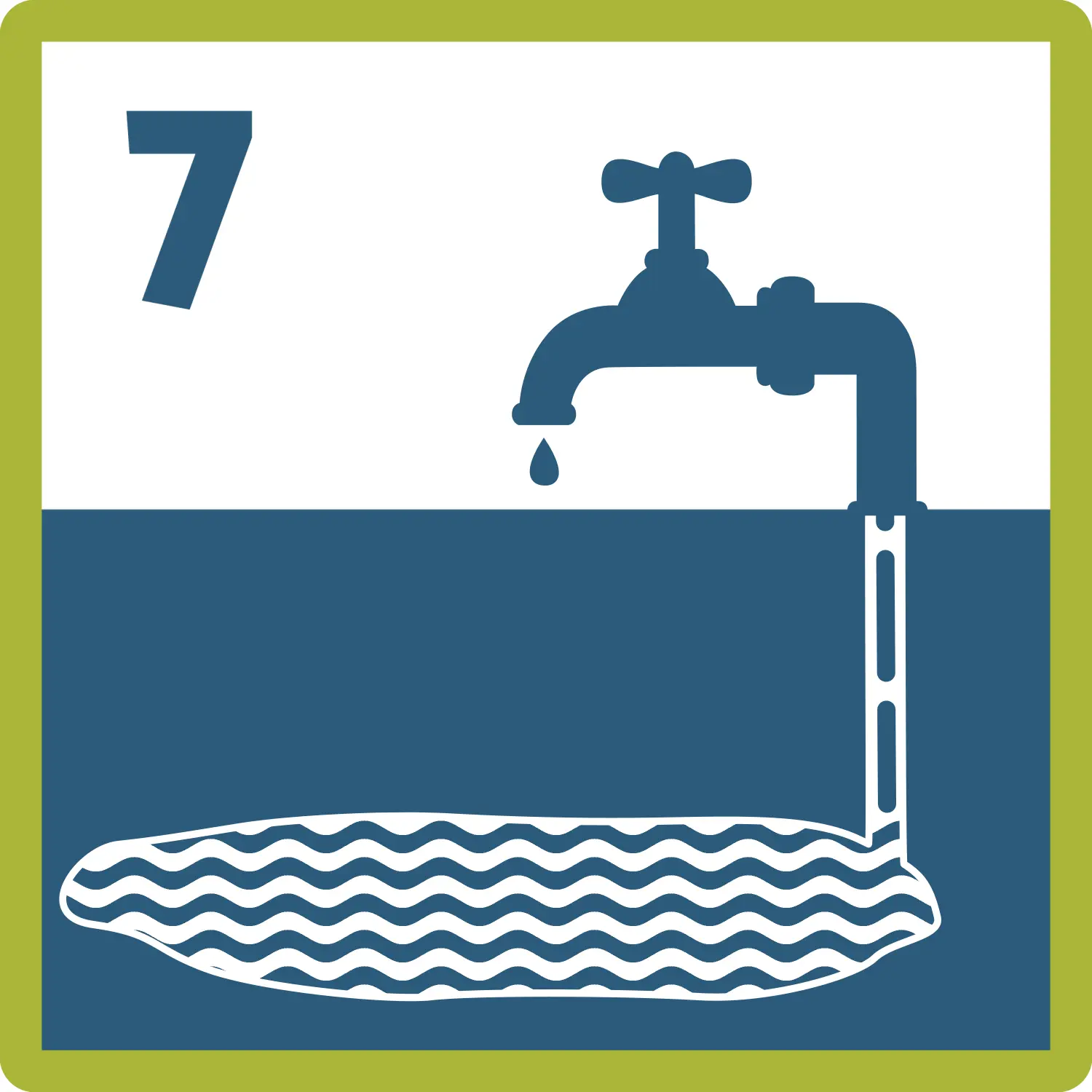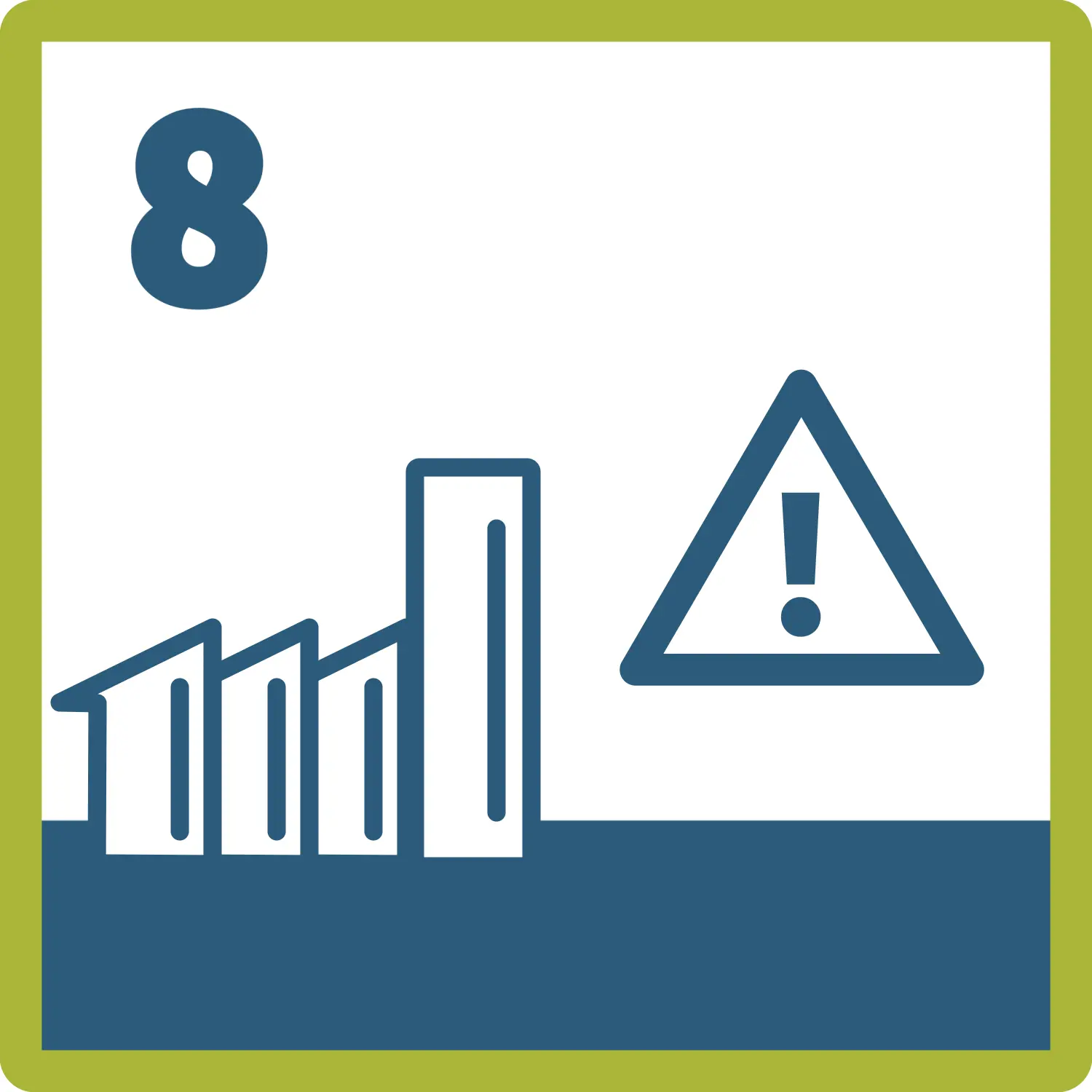Planning-scientific weighing criteria
If an underground inspection is not sufficient alone, further checks must be carried out above ground. The planning-scientific weighing criteria (planWK) are an optional tool on the path towards identifying a repository site for high-level radioactive waste. They can be applied for the first time during the identification of siting regions in Step 2 of Phase I.
On this page
A repository for high-level radioactive waste under a city, in a conservation area or even under the seabed? These outcomes are theoretically possible, for it is the conditions deep underground that count when it comes to identifying the repository site in Germany that guarantees the best possible safety for at least a million years. The exclusion criteria, minimum requirements, geoscientific weighing criteria and safety requirements set out in the Repository Site Selection Act (external link; German only) determine the course of the repository search.
This is in addition to planning-scientific weighing criteria, which are described in section 25 of the Repository Site Selection Act (StandAG) (external link; German only). These criteria concern people’s rights of use in respect of the surface and subsurface.
Annex 12 of the Repository Site Selection Act (external link; German only) sets out the 11 planning-scientific weighing criteria in detail. These criteria are broken down into three weighting groups. In the broader sense, the four most important planning-scientific weighing criteria relate to human health by addressing, for example, the distance from residential developments, emissions that could reach humans, and the prevention of water pollution, especially with regard to the drinking water supply.
Repository search update
Siting regions Representative preliminary safety analyses Announcements and press releasesRequirements
The Repository Site Selection Act is very clear that the planning-scientific weighing criteria are less important than the criteria and requirements focusing on geology. They are only applied when, due to the application of geoscientific criteria and based on the findings of the preliminary safety analysis, one of the following conditions is met:
- It is not possible to contain the waste within large, potentially suitable areas.
- Two sites are being compared that are considered to be equivalent in terms of safety aspects.
In short, geology takes priority over regional planning because of the need to ensure long-term safety underground.
The Repository Site Selection Act sets out three weighting groups for applying the planning-scientific weighing criteria. Group 1 is to be given the strongest weighting, and group 3 the weakest.
- Weighting group 1 includes criteria 1 to 4.
- Weighting group 2 includes criteria 5 to 7.
- Weighting group 3 includes criteria 8 to 11.
The three weighting groups contain evaluation groups that define when a criterion is to be evaluated as “favourable”, “conditionally favourable” or “less favourable”. If we take “distance from existing built-up areas of residential development or mixed-use areas” as an example, the distance is considered to be favourable if it is more than 1,000 metres, conditionally favourable if it is between 500 and 1,000 metres, and less favourable if it is less than 500 metres.
Methodology
It will not be clear whether the planning-scientific weighing criteria are necessary in the current phase until the 90 sub-areas have undergone representative preliminary safety analyses and the geoscientific weighing process has taken place. However, it is important to be prepared for this outcome.
With this in mind, the BGE is drawing up corresponding application methodology – in other words, a comparable procedure that ensures that the same benchmark is used across the board at the level of the individual criteria. The areas for methodological development (GzME), which have already been used as a processing concept for the representative preliminary safety analyses, help with this and ensure a practical orientation. The BGE receives data from various authorities and publishes the corresponding data requests on the correspondence page.
In the usual manner, the BGE presents the progress of its work. This was presented by the experts of the BGE in an online event from the "Betrifft: Standortauswahl" series on 29 September 2022. Here you can find the recording on YouTube (external link; German only).
Brief summary
- The Site Selection Act defines eleven planning-scientific weighing criteria.
- They are subordinate to the geoscientific criteria and requirements of the site selection process.
- Their application is optional and only if the geology alone is not sufficient to identify or compare potentially favourable areas.


